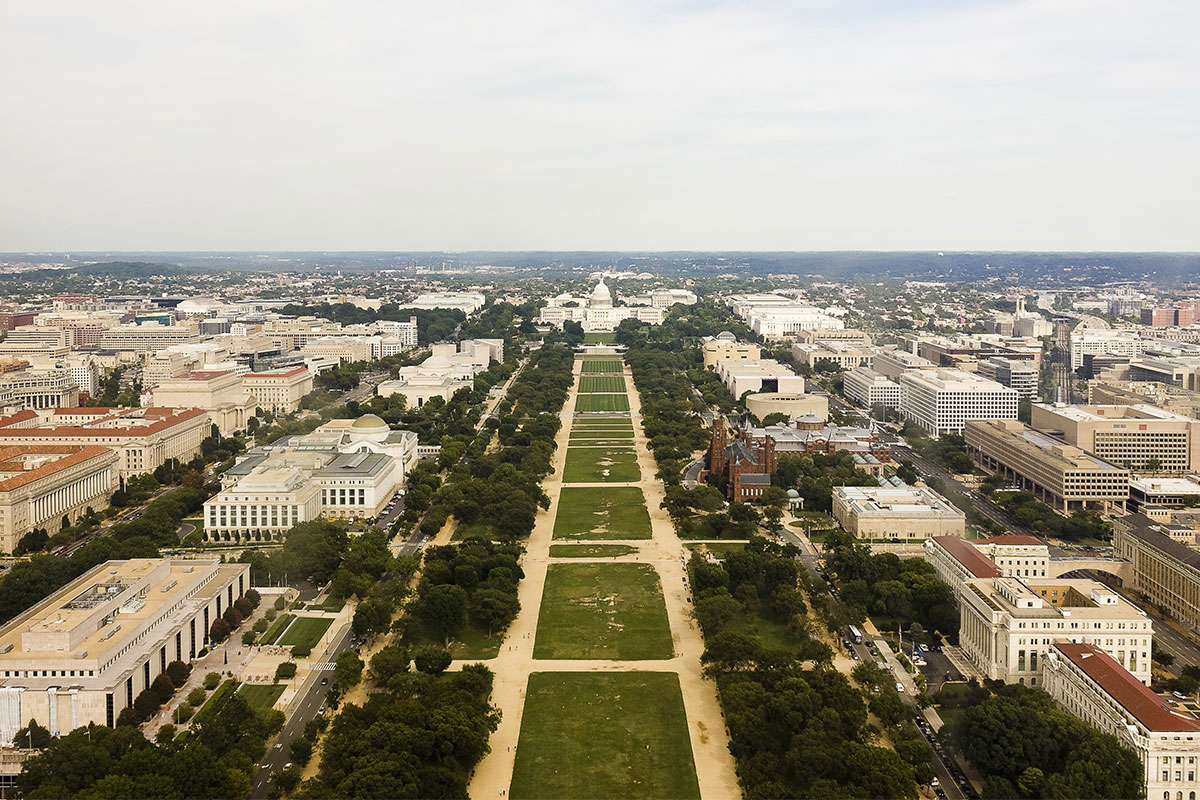
The future of the Smithsonian Latino Museum after its shocking rejection
With time short, advocates are pushing to get the Latino Museum Act into the Senate Omnibus bill.
On Dec. 10, a single GOP Senator from Utah, Mike Lee, blocked legislation that would have established a national Smithsonian museum dedicated to the histories of Latino Americans on the basis that such museums would deepen racial divides.
“The last thing we need is to further divide an already divided nation within an array of separate but equal museums of hyphenated identity groups,” was one point Lee made, adding that “At this moment in the history of our diverse nation, we need our federal government and the Smithsonian Institution itself to pull us closer together and not further apart.”
The roadblock that came by way of a single dissent was shocking to advocates who have been working for the Latino Museum’s creation for nearly 30 years.
Because advocates and cosponsors tried to pass the bill by unanimous consent, a practice used for noncontroversial measures that speeds up the normal legislative process, Lee’s decision alone was enough to block it despite bipartisan support.
Longtime advocates like Senator Bob Menendez (D-NJ) criticized the basis for Lee’s decision, saying that he was standing “in the way of the hopes and dreams and aspirations of seeing Americans of Latino descent having their dreams fulfilled and recognized.”
Until last Thursday, the dream was making considerable progress for one of the first times in its history.
In July, the House passed the bill that would create a Smithsonian museum devoted to Latino Americans. The Senate Rules Committee also unanimously approved the legislation at the start of December.
“I’ve never heard a museum being described as a place that divides people,” Henry Muñoz, Chairman of the emeritus of the Smithsonian National Latino Board, and Chairman of the bipartisan congressional commission to establish the museum, told AL DÍA.
Muñoz touched on one of Lee’s comments in particular, that he would consider adding more Latino representation within already existing museums if the discrepancy exists.
Over the course of the last 20 years, Muñoz said there have been numerous exhibitions mounted in existing Smithsonian museums, ranging from Natural History, American History, and American art.
The idea is that the stories of Latinos should be present at these already-established institutions.
“You should be able to see the story of people like Ellen Ochoa. You should walk into the Museum on American Art and see portraits of people like Selena like others,” Muñoz continued. “So he’s not wrong on that front.”
But what Lee’s comments don’t take into account are the untold stories of Latino history. There are roughly hundreds of years of influence created by the intersection of Indigenous People and the Spanish that is largely left unaccounted for in the context of Latino history.
RELATED CONTENT
“It’s not enough. We need a museum on the Mall. We need traveling exhibitions for the young people of this country who will never be able to travel to Washington D.C. to see their nation’s museum,” Muñoz said.
Latino History is American History and has been for almost 500 years. Now is the time to unite our country, by allowing decades of work to establish a Smithsonian American Latino Museum to be voted on by the United States Senate. #LatinoMuseumNow
— Henry R. Munoz III (@HenryRMunozIII) December 11, 2020
To him, Senator Lee’s reasoning is a clear example of why a Latino museum is needed in the first place, because the lack of understanding of the length of time that Latinos have been in this country and the impact Latino communities continue to have. Muñoz signaled a need to consider the future audience of the Smithsonian, which will need to attract a diversifying racial landscape.
“I’ve always said in my involvement with the museum that what’s good for the Latino community is good for the future of the Smithsonian because much of their future audience base will come from the Latino community,” he said.
As for future steps, Muñoz told AL DÍA there is an ongoing “significant effort” to get the Latino Museum bill into the Omnibus bill that the Senate will consider before it adjourns this session.
If it doesn’t pass, they’re ready to hit the ground running with a new president who has already included the creation of the museum into his agenda for the country’s future.
But even with a new president, there will be considerable obstacles, as was seen through the creation of the Museum of the American Indian and the Museum of African Americans and Culture.
“It takes time,” Muñoz said, “But I hope that I’ll be around to fight for it next year if it doesn’t get passed this year. And I hope to be here enough time to stand at the opening of that museum and walk through those doors.”
In regards to the future with Lee, Muñoz says he would like to spend the upcoming year forming a team of scholars and advocates who could explain the true importance of the pending museum to the Senator.











LEAVE A COMMENT: